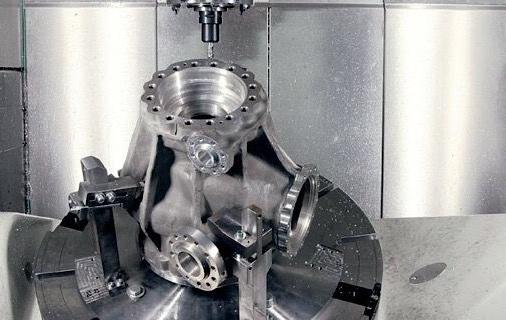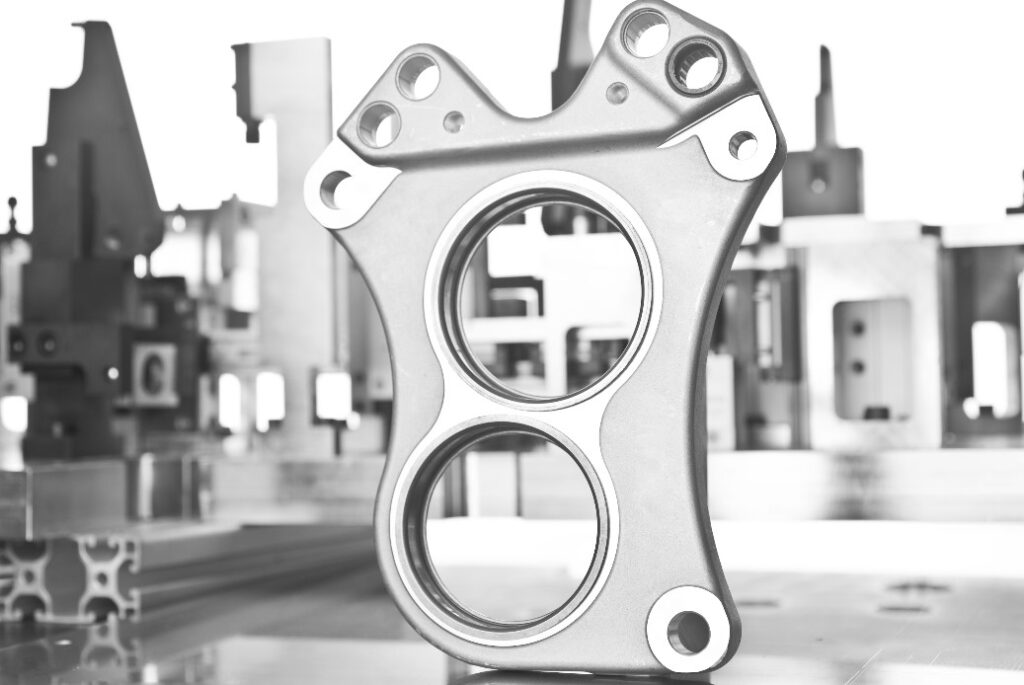“No one comes to work to get hurt.”
You may have heard that term if you work in manufacturing or another heavy industry. I recall it being a common phrase years ago during a time when I was in a line management role and our operation had gone through a series of injuries and eventually led to a safety stand down, to stress the importance of safety first to everyone and show just how it was viewed from the management perspective.
We sometimes field and ponder the question of what is most important to building a stronger culture in manufacturing plants. Culture is a debated concept still by many in defining what it truly is or isn’t, but to me it has to do with behaviors and trust at its core. There are many factors I believe that contribute to a strong (or weak) culture. At the top, I would have to put the emphasis and behaviors around safety, particularly as demonstrated and exemplified by leadership. Safety is a critical foundation for an overall strong culture.
If leadership’s behavior and emphasis on safety are there, it demonstrates a high level of care for employees. If I am an employee and feel that not only my manager but leaders above him or her care about my safety and well-being, then I will feel more apt to trust and support the organization and leadership. Building a degree of trust and fostering a safe environment where employees are encouraged and feel comfortable not only reporting but addressing safety concerns or risks is a positive step towards advancing a culture.
With trust and feeling safe, comes engagement. Engagement in my eyes is another key piece of culture building. Do employees feel comfortable speaking up? Do they feel management is involving them to solicit feedback on safety or really any topic? If I have an idea, do people listen? If a degree of trust is there, employees may feel a higher degree of engagement. If the engagement grows and the trust is there, then a strong safety culture can begin to grow a kaizen-oriented culture. The team will be encouraged to think proactively, develop ideas, and drive improvements. This is what you seek in a lean culture, with team members leading the way in a proactive manner to drive improvements not only in safety but in other areas as well.
As leaders, we should remember the great responsibility that comes with the role. Part of that responsibility is making sure team members in your care return home each day to their loved ones the same way they came to work. Being involved with some kaizen events recently, we saw some serious safety and ergonomic issues in the work areas being observed that could lead to injuries either rapidly or over time with repetition. It was two parts depressing, to see the missed observations by us as leaders, but also encouraging to see the opportunities to make the improvements and change the process. Are you as a leader really observing processes and looking for these opportunities? Are we making the job harder for our team members?
This goes beyond physical well-being in my eyes. It should also include their mental well-being. Do the team members feel engaged, do they feel they are being listened to, and are they being leveraged to their full potential? If we don’t engage minds and only utilize hands, we have not truly succeeded, and we are driving waste in the form of non-utilized talent. In the kaizen events I mentioned above, the teams engaged the operators and shared some ideas to make improvements and help resolve some of the ergonomic concerns. The team members were happy to see the challenges being addressed and offered some additional insight. That’s teamwork, that’s engagement, and that’s continuous improvement.
There is a reason the “S” or safety is first in our metrics lineup. At TQ Manufacturing, we are working to make safety a top focal point and addressing what we can to build a stronger safety culture. If our people are getting injured, we won’t be making products for our customers. If we aren’t taking care of our people, then we will struggle to take care of the business and our customers. The paradigm must shift to taking care of your people first and foremost. This will not only do wonders in building your culture but will also lead to better performance in the end. So, if you are feeling your culture is in question, take hard a look at your safety focus and behaviors. Ask yourself if you are taking it seriously, taking care of your people, and sending them home safely to their families, the same way they came to work. Stay safe.



